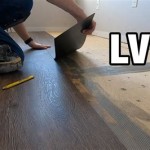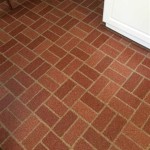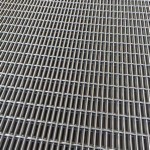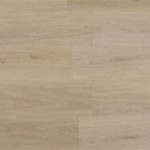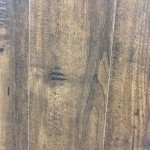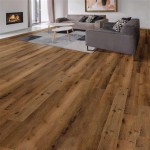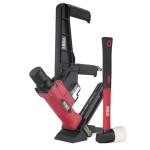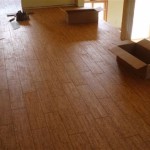Engineered Hardwood Flooring Floating: A Guide to Its Essential Features
Engineered hardwood flooring floating is an innovative flooring solution that combines the beauty and durability of hardwood with the ease and versatility of floating installation. This flooring type has gained popularity in recent years due to its numerous advantages and relatively straightforward installation process. Here are some of the essential aspects to consider:
Construction and Materials
Engineered hardwood flooring floating consists of several layers. The top layer is a thin veneer of real hardwood, providing the natural beauty and texture of genuine wood. Beneath the veneer lies a core layer typically made of high-density fiberboard (HDF) or plywood. This core provides stability and dimensional stability, preventing warping and buckling. The bottom layer is a moisture barrier that protects the flooring from moisture damage.
Floating Installation
One of the key advantages of engineered hardwood flooring floating is its floating installation method. Unlike traditional hardwood flooring, which requires nailing or gluing to the subfloor, floating floors are installed by simply interlocking the planks together. This method allows for quick and easy installation, making it suitable for DIY enthusiasts and professionals alike. Floating installations also allow for easy removal and replacement if necessary.
Durability and Longevity
Engineered hardwood flooring floating is renowned for its durability and longevity. The top layer of real hardwood provides excellent resistance to wear, scratches, and dents. The HDF or plywood core adds structural strength, preventing Sagging or flexing. With proper maintenance and care, engineered hardwood flooring floating can last for decades, retaining its beauty and performance over time.
Moisture Resistance
Engineered hardwood flooring floating is engineered to withstand moisture better than traditional hardwood flooring. The moisture barrier on the bottom layer helps protect the flooring from moisture penetration, making it suitable for areas with moderate humidity levels. However, it's important to note that engineered hardwood flooring is not waterproof and should not be installed in areas prone to excessive moisture, such as bathrooms or laundry rooms.
Appearance and Versatility
Engineered hardwood flooring floating comes in various species, colors, and finishes, offering a wide range of aesthetic choices to complement different decor styles. From classic oak and maple to exotic species like Brazilian walnut and teak, there's an engineered hardwood flooring floating option to suit every taste. Its versatility extends to both residential and commercial applications, adding beauty and functionality to homes, offices, and retail spaces.

What Is A Floating Floor Pros And Cons Esb Flooring

What Is A Floating Floor Pros And Cons 50floor

Floating Floor Vs Nail Down Slaughterbeck Floors Inc

How To Install Lock Engineered Hardwood Flooring

Flooring Fixing Methods Floating Floors Direct Wood Blog

Floating Vs Glue Down Engineered Hardwood From The Forest Llc

Glue Down Vs Floating Wood Floor Installation Finfloor

Floating Engineered Hardwood

The Ultimate Guide To Engineered Hardwood Flooring Precision

Floating Solid And Engineered Wood Flooring British Hardwoods Blog

